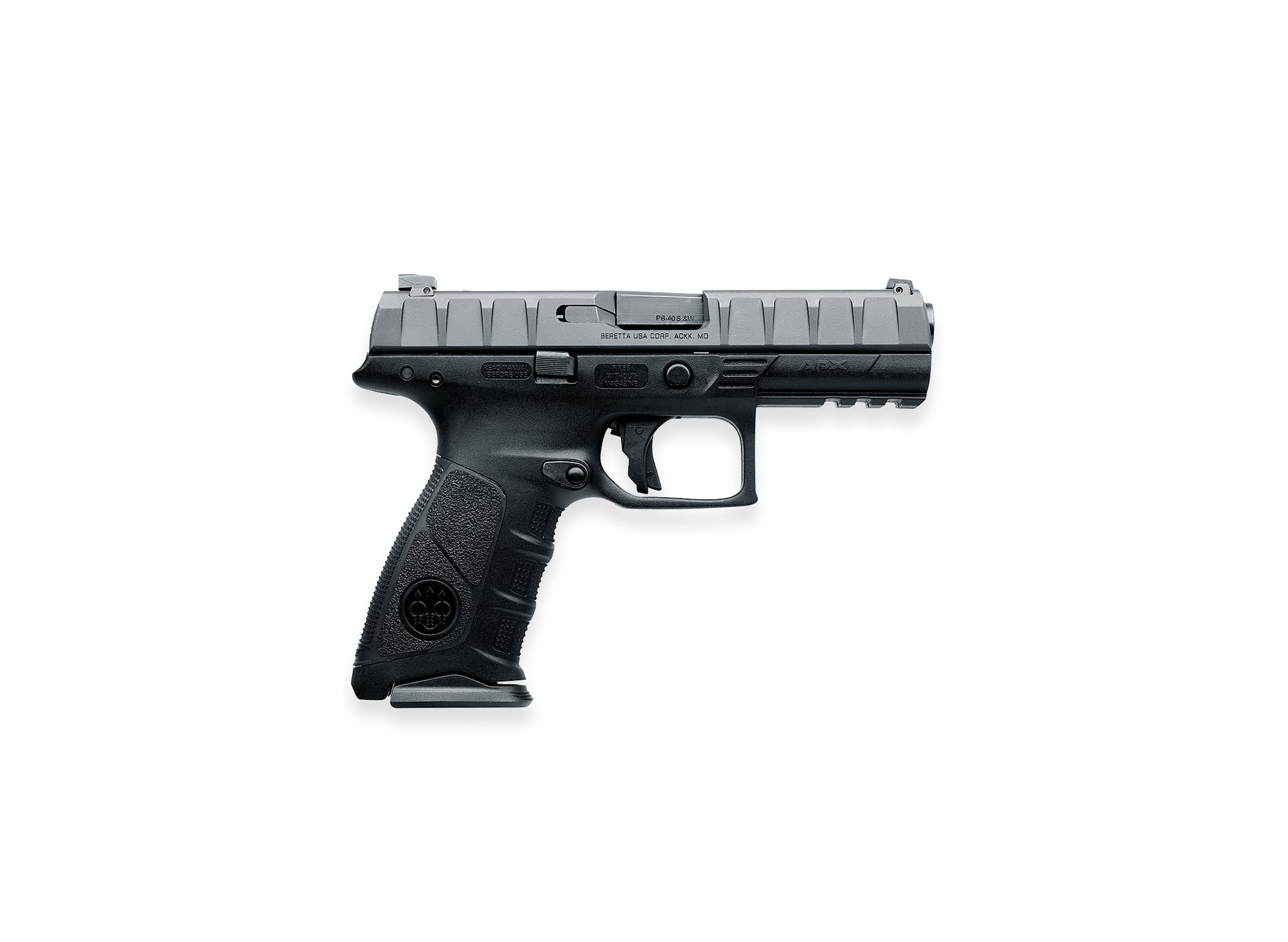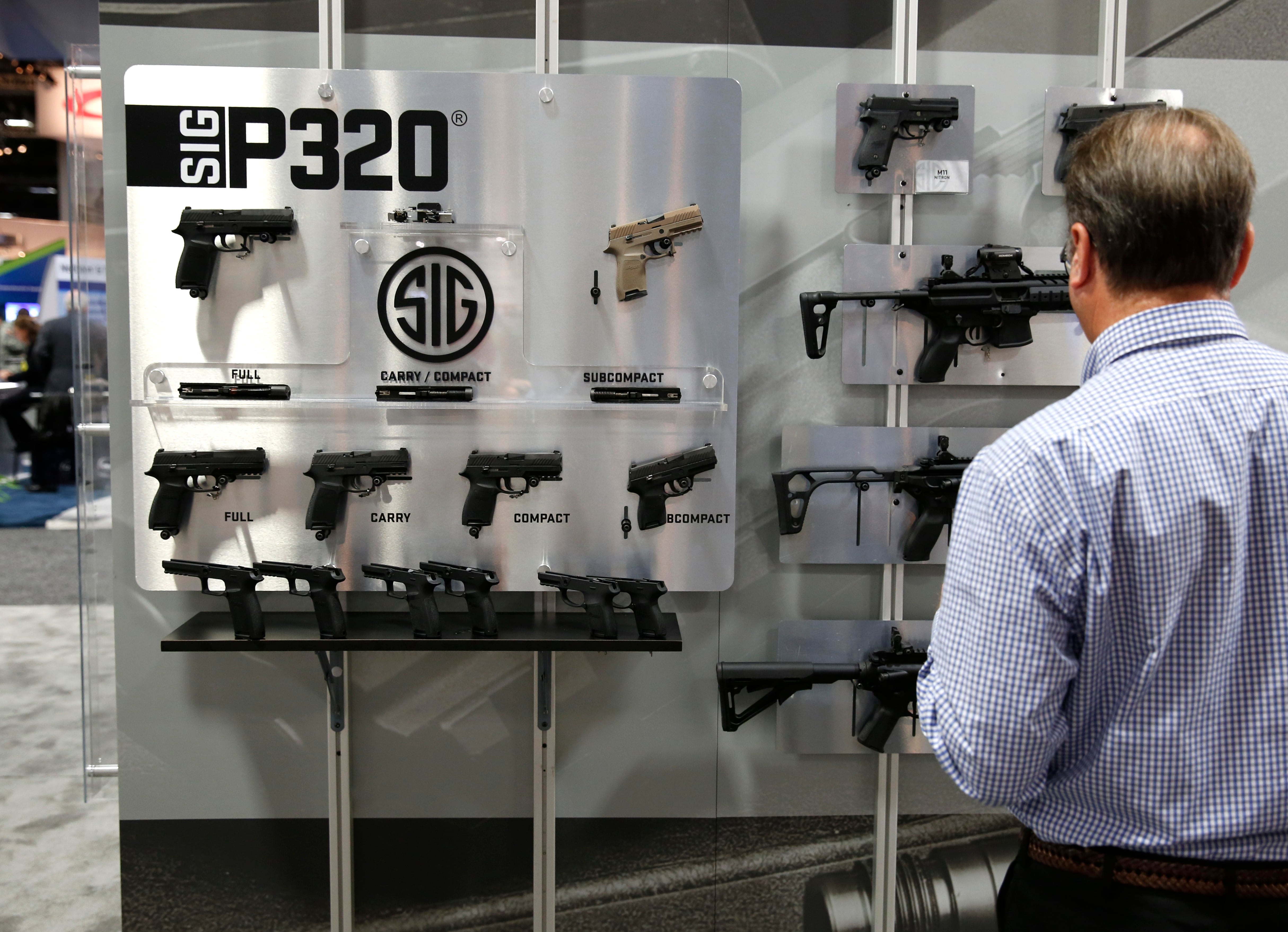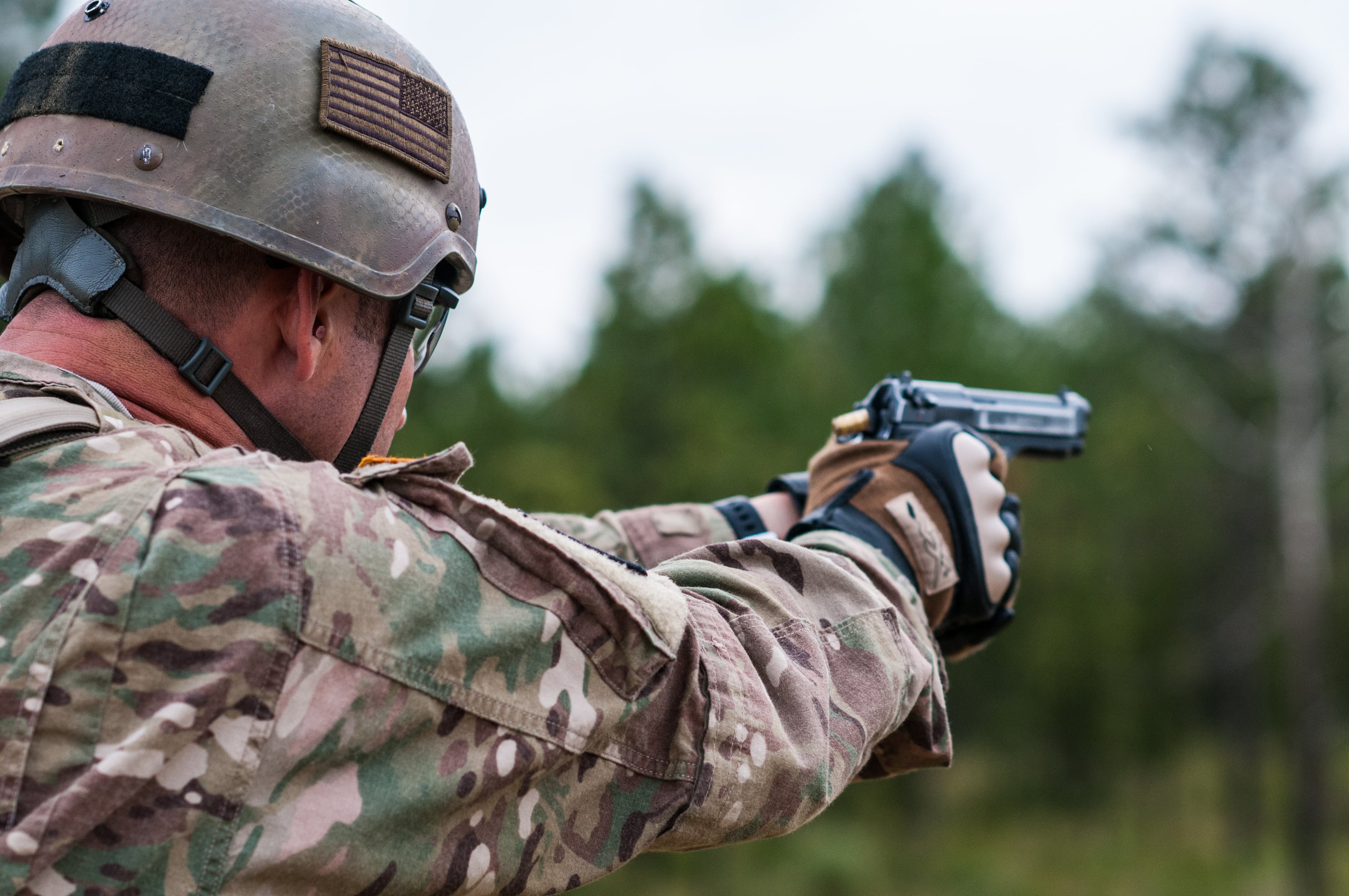The Army's search for a new service pistol — started in 2011 — has been delayed again, this time for another two weeks.
The final solicitation deadline for submissions for the Army's handgun of the future is now 1 p.m. on Feb. 12, through FedBizOpps. Army officials could not offer an immediate explanation Monday evening for the latest extension.
The Army had hoped to have final submissions by Jan. 28, but officials extended the deadline to Feb. 1, citing the heavy snowfall that crushed the East Coast. It's unclear whether the weather necessitated further delays.
Army Times has reported on the delays since January of last year.
Once the deadline hits, the Army will keep a tight lid on the submissions to replace the Beretta M9. However, most of the big handgun players have at least tipped their hands.
The incumbent Beretta will compete. So will Sig Sauer and FN Herstal. Glock and Smith & Wesson told Army Times in the fall they would each enter. Heckler & Koch in the fall said they were unlikely to submit. Ruger's CEO said in a conference call to investors they would not submit, according to a Guns.com article.
Some smaller gun companies are likely to have shied from an expensive, complicated process that Sen. John McCain slammed as "byzantine" and "wasteful" with no guarantee of a payoff.
It's been a long project as well. After years little beyond information-gathering industry days, a draft solicitation appeared in September of 2014. That solicitation projected a January of 2015 final solicitation, but on Jan. 21, 2015, the Army announced a push-back on that projection, citing the need for another industry day for feedback. The final solicitation would not arrive until Aug. 28.
Anyone who has already submitted can revise or supplement their proposal until the new deadline. The competition calls for the manufacturer to submit both the pistol — which it wants to be modular with adjustable grip size and ability to accept attachments — and the ammunition to go with it. The solicitation all but requires a pistol that is striker-fired (with spring-loaded firing pins that don't need a hammer). Ammunition can be full metal jacket or an expanding or fragmenting round of any caliber. After initial evaluation of proposals and lab testing, three will be tested and will receive soldier feedback.
Beretta originally suggested a modified M9, called an M9A3, as both a cheaper alternative to the MHS competition as well as a no-cost interim improvement on the remaining M9 orders still being fulfilled. The Army rebuffed both proposals. Now de Plano said the company has submitted a modified version of APX, a striker pistol introduced about a year ago. The company is remaining mum on how many and what size ammo it submitted; manufacturers can submit two entries but only if they’re different calibers.
as both a cheaper alternative to the MHS competition as well as a no-cost interim improvement on the remaining M9 orders still being fulfilled. The Army rebuffed both proposals. Now de Plano said the company has submitted a modified version of APX, a striker pistol introduced about a year ago. The company is remaining mum on how many and what size ammo it submitted; manufacturers can submit two entries but only if they’re different calibers.

APX Pistol
Photo Credit: Beretta image
Sig Sauer plans to enter two calibers to the competition, with its proposals based on its P320 model, according to government sales manager Robby Johnson . One will be the 9mm NATO standard, and the other will be a larger caliber. Some in the Army have raised concerns that 9mm does not provide enough "stopping power" while others have retorted that ammunition ballistics, shot placement, reduced recoil and added magazine capacity are more important than a larger caliber.
. One will be the 9mm NATO standard, and the other will be a larger caliber. Some in the Army have raised concerns that 9mm does not provide enough "stopping power" while others have retorted that ammunition ballistics, shot placement, reduced recoil and added magazine capacity are more important than a larger caliber.

Sig Sauer P320 handgun on display at AUSA on Oct. 14, 2015.
Photo Credit: Jennifer Milbrett/Staff
Johnson said the industry as a whole generally prefers 9mm; for example the FBI up-sized to .40 after a 1986 shootout but is now going back. But the former Army sniper said his company wanted to make sure if the Army wanted to go big or go home, Sig Sauer had an alternative.
"[The 9mm] is more popular and growing more popular by the day, including among our federal partners," Johnson said. "But with the Army's emphasis on lethality…It doesn't make a lot of sense to put all our eggs in one basket."
Smith & Wesson said in the fall it would submit a version of their M&P model, which first debuted in 2005.
Glock said in the fall it was formulating the right ammunition-gun combo, but federal/military sales manager Tony Musa said the company had no comment on the submission last week.
FN Herstal will enter the competition with a 9mm striker entrant, though spokeswoman Kristina DeMilt said the company wasn't releasing further specifics.
Until the contract is awarded and executed, the Army will continue to buy M9s. De Plano said his company remained proud of the Army's handgun since 1985; the M9, sometimes derided for breaking down, blew away the new solicitation's reliability requirement of a 10,000 mean rounds between failure, with malfunctions only once every 25,000 shots. De Plano did say the new requirements were more stringent elsewhere.
"They definitely increased accuracy (requirements). And also terminal ballistic requirements – what the bullet does when it hits target. That was new to us and actually new to the industry," de Plano said, noting that usually gun-makers only submitted guns, not bullets. "So that was challenging, I'm sure it was for everybody."
Complexity and expense kept some companies, especially smaller ones, at arm's length. CZ did not submit a version of its highly-regarded P-07 model, citing a couple of factors: safety requirements, which it saw as redundant, would have required fundamental modifications that diminished the gun, and merely writing up the proposal would have been an expense of around $1.5 million, a lot for a smaller company just to enter a competition it could still lose.
Johnson expressed confidence in Sig Sauer's chances. He said most of the solicitation details made sense, but allowed that there were some complexities.
"There's always some vagueness in the requirements, but for the most part they lined up what they wanted and that's what we did," Johnson said. "We deal with (government solicitations/contracts) domestically and internationally on a monthly basis, so we're always having to tailor a gun to a certain requirement. It's nothing we hadn't done before."




